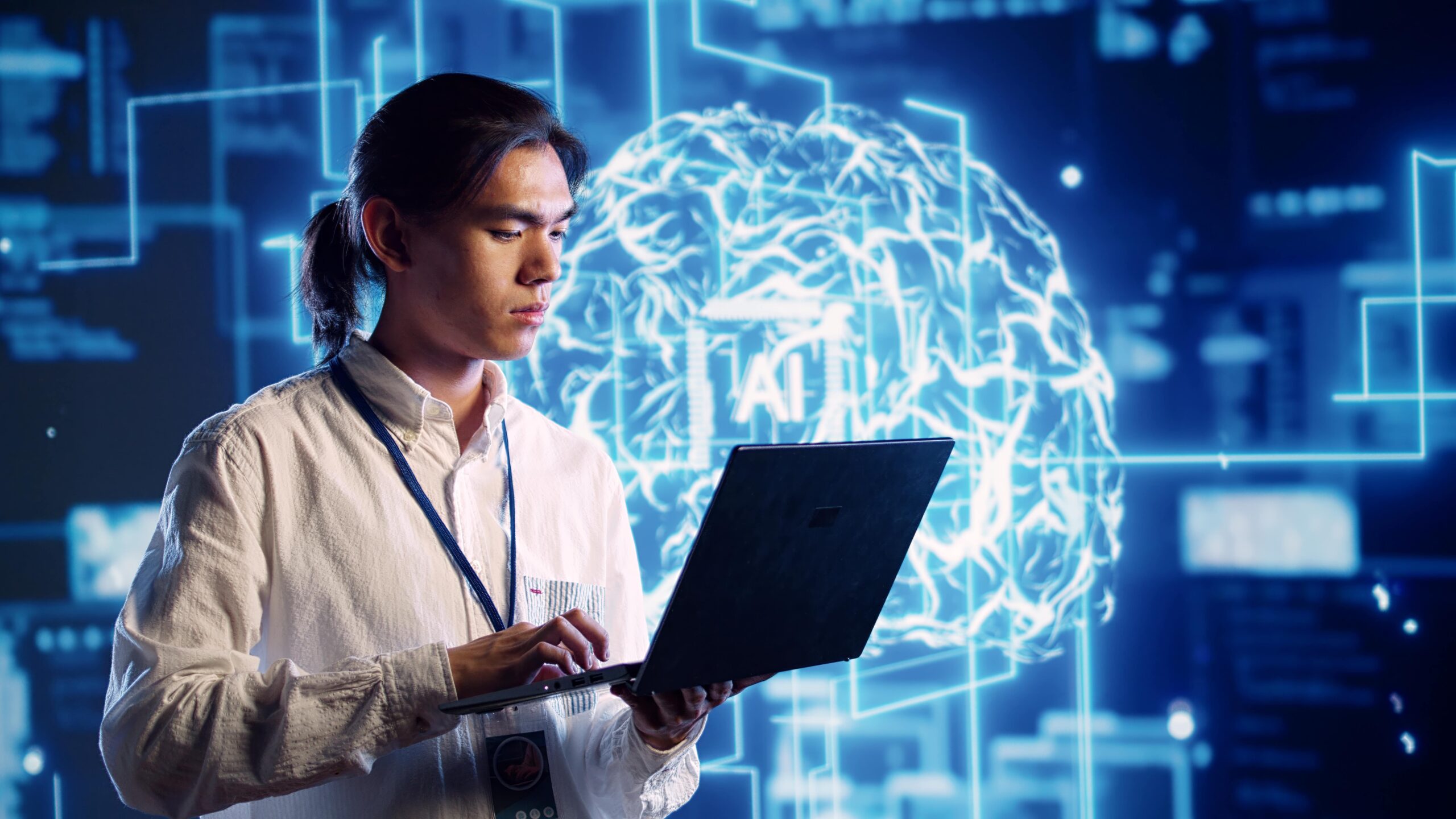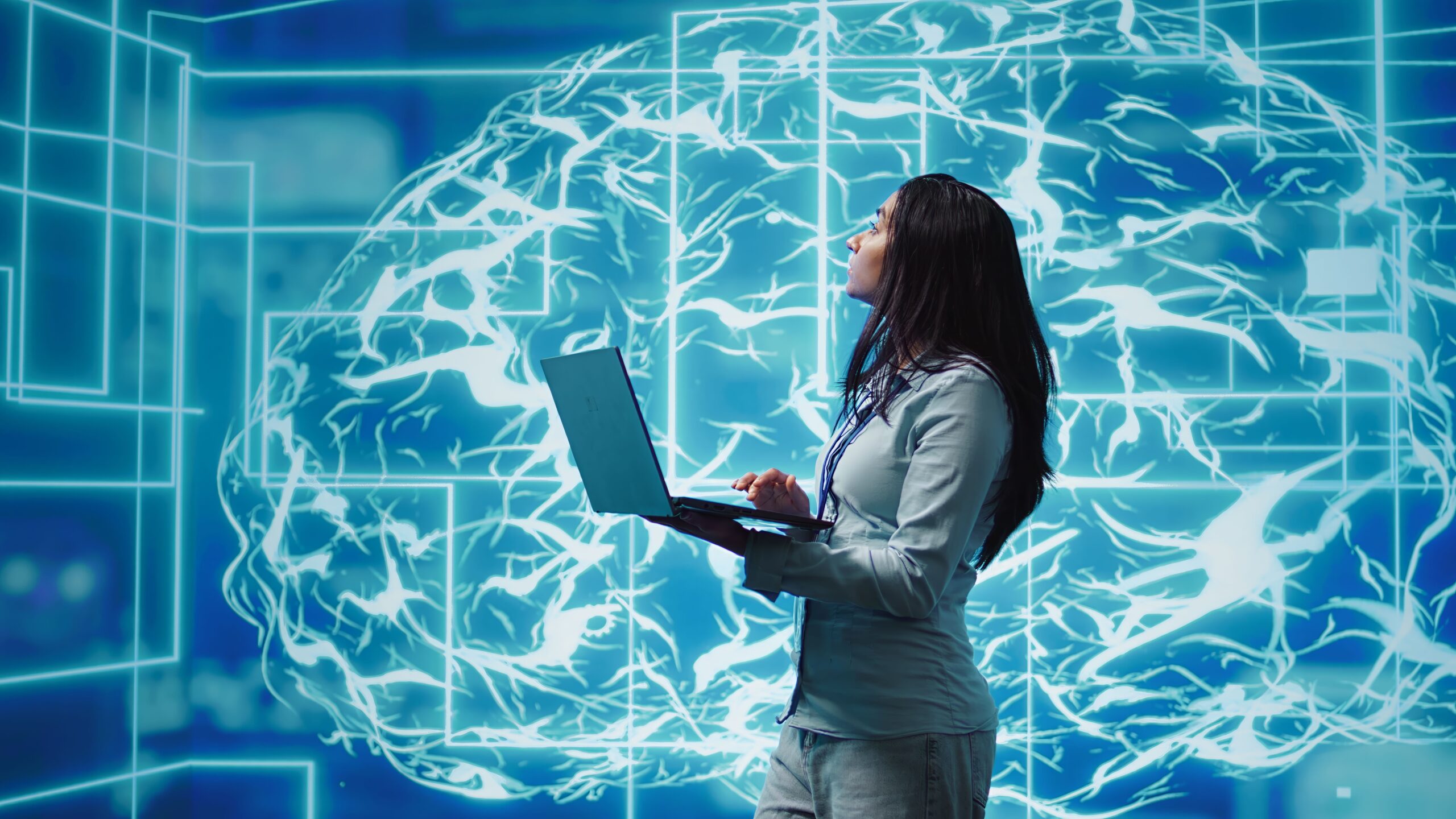
Today, it’s hard to imagine a technological discussion in which the three cherished letters AI wouldn’t come up. Artificial intelligence has become not only an object of investment but also a constant participant in marketing promises. However, a closer look reveals that this trendy label hides different technologies such as machine learning (ML) and natural language processing (NLP). The two are closely related, but not at all the same. To understand how they work and why artificial intelligence is still far from real “intelligence”, we need to start with the basics.
Intelligence is not an abstraction but concrete actions: the ability to analyze, interpret, draw conclusions, and solve problems. Animals also have it, but human intelligence includes language, critical thinking, and abstract generalizations, among other things. Machines are still only capable of imitating these processes, and even the most “intelligent” of them only process data, not understanding it the way a human does.
AI is a general name for systems that perform tasks that normally require human thinking. Narrow AI (the one we use now) can only perform specific actions: recognizing faces, predicting the weather, and recommending movies. Universal intelligence comparable to human intelligence does not yet exist.
AI is divided into directions:
Among these, ML and NLP have become particularly important. Why?
When we say, “Siri, turn up the music,” or ask Google, “What happens if you eat an expired egg?” We are using NLP. It is a technology that allows computers to process, understand, and generate human language.
NLP goes through several steps:
NLP algorithms translate speech or text into a form that a machine can process, and vice versa. This is what makes voice assistants, auto-translators, chatbots and even text proofreaders possible.
Machine learning is an approach in which a system learns from data rather than from pre-defined rules. Imagine an algorithm that looks through thousands of spam emails and learns to distinguish them from normal mail. Or an app that remembers what movies you watch and makes recommendations even more accurately.
ML works on a principle:
ML helps NLP; without it, for example, recognizing the meaning of a question or the tone of a response would not work.

NLP deals with language understanding. ML is a method that allows systems to learn without explicit programming. In other words, NLP is a problem, and ML is one way to solve it.
For example, to understand the phrase “How much does a ticket to Rome cost?”, the system needs to:
Today, AI is entering every field from education to medicine. But understanding exactly how it works removes the unnecessary halo of magic. The systems don’t have thinking in the usual sense. They don’t reflect, they don’t worry, they don’t make choices. They analyze statistics and give the most probable result.
This knowledge helps us not only not be afraid of AI but also use it wisely: to understand its limitations, set realistic expectations, and avoid falling for false promises.
Machine learning and NLP are powerful tools that can simplify life and speed up processes. But don’t forget: intelligence is more than computing. And AI is still only imitating intelligence. It doesn’t “think,” it calculates. And that’s its strength and its limit.
So the next time the assistant on your phone makes a joke, don’t rush to attribute feelings to it. It’s not intelligence, it’s a well-trained ML.